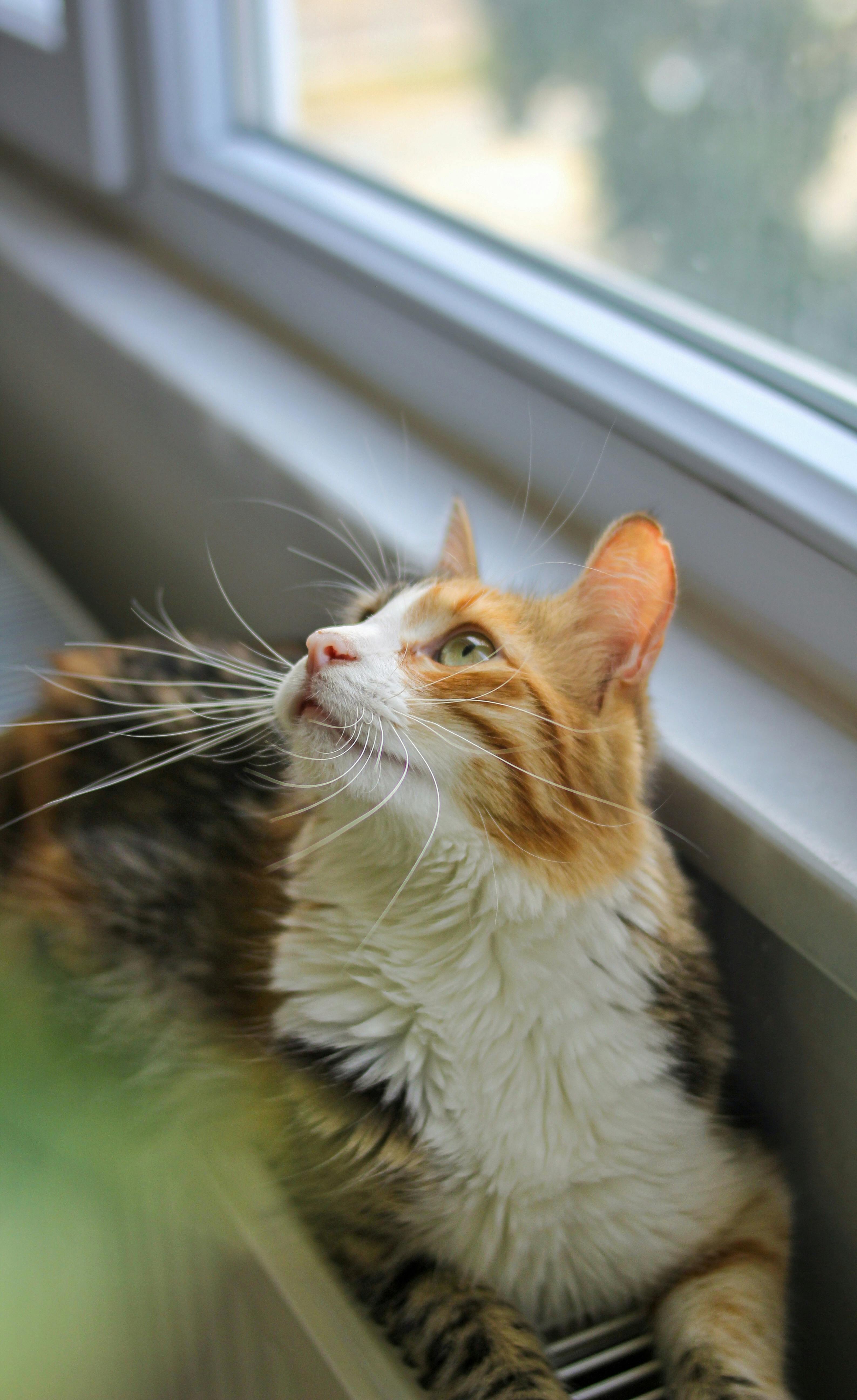Effective Ways to Flush Your Radiator for Improved Cooling Performance
Maintaining your vehicle's radiator is crucial for optimal performance and longevity. A well-functioning radiator ensures that your engine stays at a safe operating temperature, preventing overheating and engine damage. Flushing your radiator is an essential part of routine car maintenance that helps remove sludge, corrosion, and contaminants from the coolant system. In this article, we will explore the best practices for flushing your radiator, including how to perform a DIY radiator flush, the benefits of regular maintenance, and expert tips for effective radiator cleaning.
Understanding how to flush a radiator properly will not only improve your car's cooling performance but also extend the life of its components. With the right radiator flush products and techniques, you can effectively maintain your vehicle's cooling system. So, let’s dive into the necessary steps to flush your radiator, the signs indicating that it might need a flush, and the frequency with which you should consider this procedure.
By following this radiator maintenance guide, you can keep your vehicle running smoothly, prevent overheating issues, and save on costly repairs down the line.
Understanding the Importance of Flushing Your Radiator
Flushing your radiator is an essential maintenance procedure that keeps your cooling system operating efficiently. Over time, debris, rust, and mineral deposits can accumulate in the radiator, leading to reduced efficiency and potential overheating issues. These contaminants can block coolant flow, resulting in poor engine performance.
Regularly flushing your radiator can lead to several benefits, such as:
- Improved Cooling System Efficiency: A clean radiator allows coolant to flow freely, ensuring optimal heat exchange, which helps maintain proper engine temperature.
- Prevention of Corrosion: Flushing removes rust and deposits that can lead to corrosion within the cooling system.
- Increased Lifespan of Engine Components: By ensuring your engine runs cooler, you reduce strain on parts, enhancing their longevity.
Additionally, knowing when to flush your radiator is critical. Typically, it's recommended to flush your radiator every 30,000 miles or every two years, whichever comes first. However, factors like driving conditions and coolant type can affect this frequency.
This naturally leads us to the specific steps involved in performing a radiator flush.
Step-by-Step Radiator Flush Procedure
Gathering Necessary Tools and Materials
Before starting your radiator flush, ensure you have the following tools and materials:
- Radiator flush solution: Look for a reputable radiator flush product that can effectively break down accumulated sludge.
- Coolant: Fresh antifreeze/coolant is essential for refilling the radiator after flushing.
- Hoses and clamps: You may need these to direct the flow of coolant during the flush.
- Drain pan: This will catch the old coolant and debris during the process.
- Safety goggles and gloves: Protect yourself from coolant spills during the operation.
Performing the Radiator Flush
To effectively flush your radiator, follow these steps:
- Prepare the Vehicle: Park your vehicle on a level surface and ensure the engine is cool. Turn off the engine and secure the parking brake.
- Drain Old Coolant: Open the radiator drain valve (if applicable) and allow the old coolant to drain into the drain pan. Dispose of it properly, as it’s toxic.
- Introduce the Flush Solution: Pour the radiator flush solution into the radiator and fill with water as instructed on the product label.
- Run the Engine: Start the engine and let it run for about 10-15 minutes to circulate the flush solution throughout the cooling system.
- Flush Out the System: After running the engine, turn it off and allow it to cool. Drain the flush solution completely.
- Refill with New Coolant: Finally, refill the radiator with new coolant according to your vehicle's specifications.
Proper radiator flushing techniques ensure that your cooling system is not just clean but also functioning efficiently. However, it’s essential to know common pitfalls to avoid during this process.
Avoiding Common Mistakes During Radiator Flushing
When flushing your radiator, taking precautions is critical to avoiding damage or inefficient cleaning. Here are some common mistakes to watch out for:
- Neglecting Safety Precautions: Always wear safety goggles and gloves to protect against hot coolant and chemical exposure.
- Using Incorrect Solutions: Avoid harsh chemicals that can damage plastic or rubber parts within your radiator system.
- Failing to Check for Leaks: Inspect hoses and connections for leaks before and after the flush. Address any issues immediately to prevent further damage.
With these flush radiator instructions followed, you can effectively clean your radiator and maintain its performance. The next critical aspect to cover is how to identify signs of radiator issues that necessitate a flush.
Signs That Your Radiator Needs Flushing
Identifying Cooling System Issues
Recognizing when your radiator needs attention is essential for vehicle health. Here are key signs to look for:
- Overheating Engine: If your engine frequently overheats, it could indicate a clogged radiator.
- Discolored Coolant: A brownish or rusty color in the coolant might suggest corrosion and contamination.
- Unpleasant Odors: A sweet smell can indicate coolant leaks, which could be a sign of radiator trouble.
Performing a Radiator Dye Test
A radiator dye test is a useful method for identifying leaks. By adding a dye to the coolant system, you can easily spot leaks that may not be visible otherwise. Ensure your radiator is flushed regularly to maintain its integrity and performance.
Importance of Routine Inspections
Regular cooling system inspections will help you catch issues early. Pay attention to coolant levels, listen for unusual noises, and monitor your engine temperature gauge. Regular maintenance not only keeps your vehicle safe but also enhances its lifespan and performance.
This leads us to the benefits of using professional services for coolant system maintenance.
Professional Radiator Flush Services
When to Seek Professional Help
While DIY radiator flushing can be effective, knowing when to seek professional radiator care can save you time and provide a thorough cleaning. If you encounter persistent issues or feel uncomfortable performing the flush yourself, consider consulting a professional service.
Understanding Coolant System Flush Options
Professional services offer advanced techniques for flushing your radiator, including pressure flushing using a specialized radiator flush machine. These machines help remove contaminants effectively, ensuring your cooling system is thoroughly cleaned.
Assessing Costs and Benefits
While there might be a cost associated with professional flush services, saving on repair costs due to neglecting your cooling system is invaluable. Keeping your radiator in top shape will ultimately enhance your vehicle’s reliability and performance.
In conclusion, understanding the radiator cleaning process, identifying signs of radiator problems, and knowing when to seek professional help are crucial elements of valuable vehicle radiator care. Now let's address some frequently asked questions about radiator maintenance.
Frequently Asked Questions
1. How often should I flush my radiator?
It's generally recommended to flush your radiator every 30,000 miles or every two years, depending on driving conditions and coolant quality. Always consult your vehicle's manual for specific recommendations.
2. Can I flush my radiator with just water?
While water can help in a pinch, it’s best to use a dedicated radiator flush solution that effectively removes sludge and scale buildup from the cooling system.
3. What are the risks of not flushing my radiator?
Neglecting to flush your radiator can lead to overheating, engine damage, reduced performance, and increased wear on engine components due to corrosion.
4. Should I use store-bought coolant or make my own?
It’s safer and more effective to use commercially available coolant that’s specifically designed for your vehicle's make and model to ensure optimal performance.
5. What are some safe radiator flush solutions available on the market?
Many reliable radiator flush products are available, such as Prestone Radiator Flush, which helps to prevent corrosion while effectively cleaning out contaminants. Check with your auto parts store for recommendations based on your vehicle's needs.


